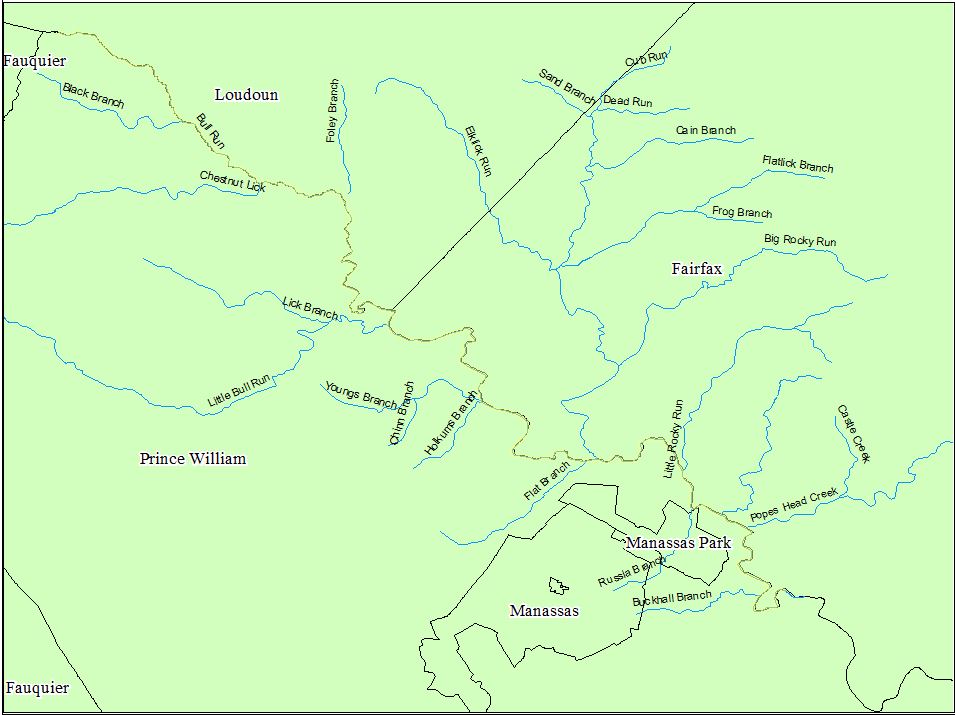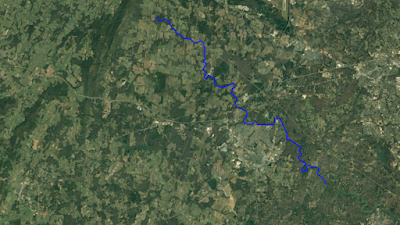The Future of Bull Run Watershed: An Overview

The Future of the Bull Run Watershed: An Overview By Stephen Bendele Bull Run Watershed Bull Run is perennial tributary that originates from the spring located at 630 feet above sea-level on Bull Run Mountain and flows 150,000 liner feet east to the Occoquan River 121 feet above sea level totaling a 509 feet change in elevation. Bull Run Watershed is part of the Middle Potomac-Anacostia-Occoquan (MPAO) watershed and includes five subwatersheds (Cub Run, Little Bull Run, Lower Bull Run, Middle Bull Run, and Upper Bull Run) totaling a watershed area of 50,059 hectares. One major benefits of streams is the removal of stormwater, however during storm events rivers, streams and even small tributaries can flood their banks and damage infrastructure and buildings. Federal Emergency Management Agency (FEMA) flood maps in order to identify areas pron to flooding and determine if land use decisions are properly considering flood risks. FEMA is an agency of t

